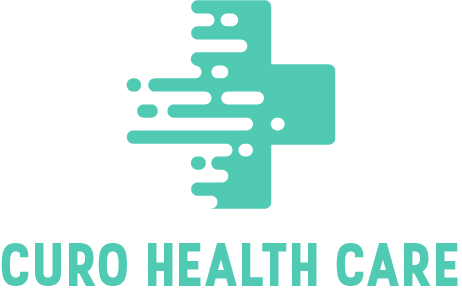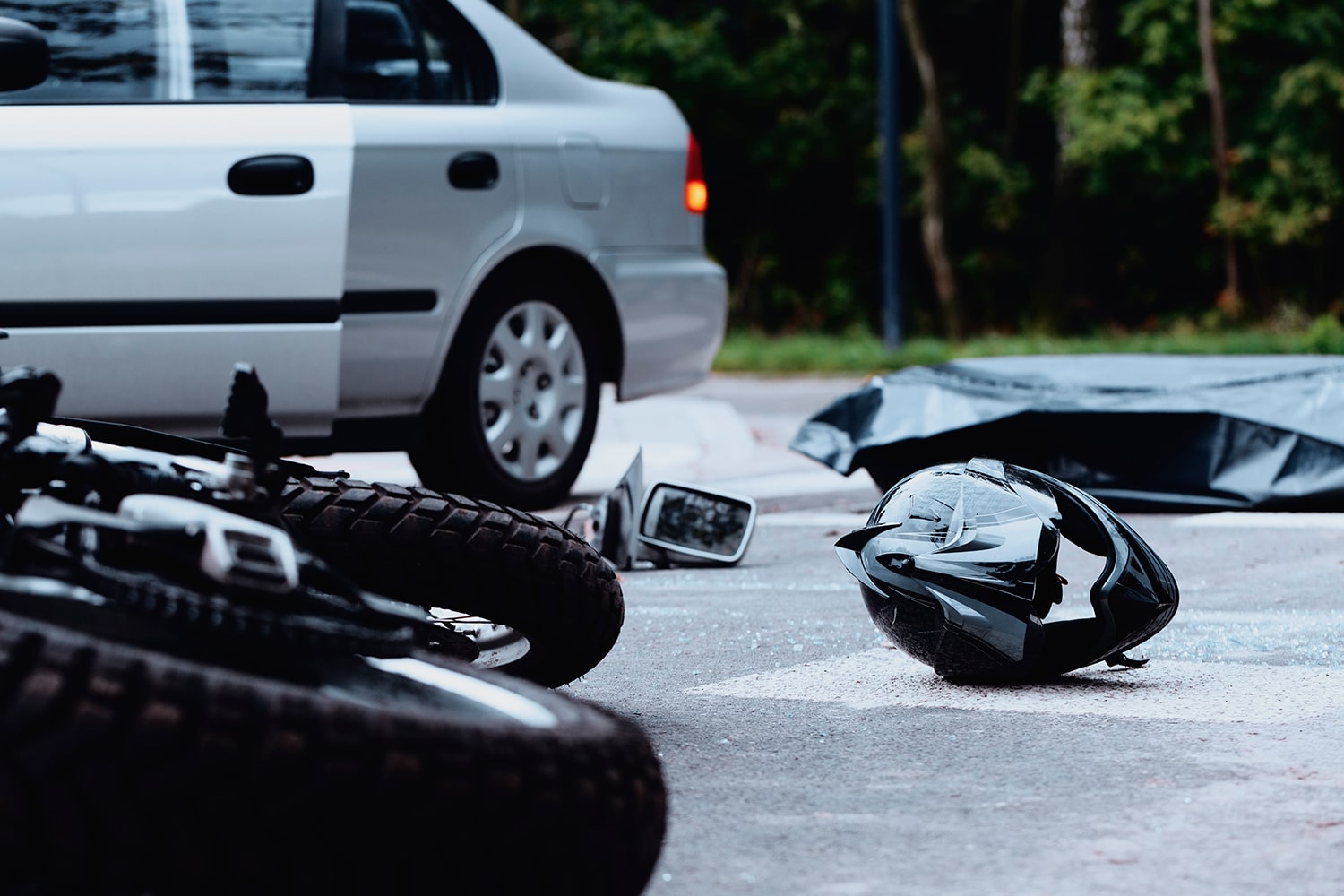Being injured in a motorcycle accident can be a traumatic experience, especially when you’re left dealing with physical injuries, emotional distress, and financial burdens. When seeking compensation for your injuries, proving liability is crucial to holding the responsible party accountable and securing the compensation you deserve.
Understanding The Burden Of Proof
In any personal injury case, including motorcycle accidents, the burden of proof rests on the injured party to establish that the other party’s negligence or wrongful actions caused their injuries. This requires presenting evidence to demonstrate the following elements:
- Duty of Care: The at-fault party owed a duty of care to the injured party, meaning they had a legal obligation to act reasonably and avoid causing harm.
- Breach of Duty: The at-fault party breached this duty of care by acting negligently or recklessly, such as by speeding, failing to yield, or driving under the influence of drugs or alcohol.
- Causation: The at-fault party’s breach of duty directly caused or contributed to the injured party’s injuries.
- Damages: The injured party suffered actual damages, such as medical expenses, lost wages, pain and suffering, and other losses, as a result of the accident.
Gathering Evidence To Support Your Claim
A lawyer, like a motorcycle accident lawyer, knows that proving liability in a motorcycle accident case requires collecting and preserving evidence to support your version of events and refute any defenses raised by the at-fault party. This may include:
- Accident Scene Evidence: Photographs of the accident scene, skid marks, road conditions, and vehicle damage can provide valuable insights into how the accident occurred.
- Eyewitness Testimony: Statements from eyewitnesses who saw the accident happen can corroborate your account of the events leading up to the collision.
- Police Reports: Official police reports filed at the scene of the accident can document key details, such as statements from the parties involved, witness information, and any citations issued.
- Medical Records: Documentation of your injuries, medical treatment, and prognosis can establish the extent of your damages and the connection between the accident and your injuries.
- Expert Analysis: Accident reconstruction experts, medical professionals, and other expert witnesses can provide specialized testimony to clarify complex issues and support your claims.
Navigating Comparative Negligence
In some motorcycle accident cases, the at-fault party may attempt to shift blame onto the injured motorcyclist, alleging that their own negligence contributed to the accident. However, many states follow a modified comparative negligence rule, which allows injured parties to recover damages as long as they are not found to be more than 50% at fault for the accident. Even if you are partially responsible for the accident, you may still be entitled to compensation.
Get Help Now
Proving liability in a motorcycle accident case requires a strategic approach, attention to detail, and a strong commitment to advocating for your rights. Our friends at Brandy Austin Law Firm want you to know that a lawyer can fight for justice on your behalf. Contact your local law firm today to schedule a consultation.

